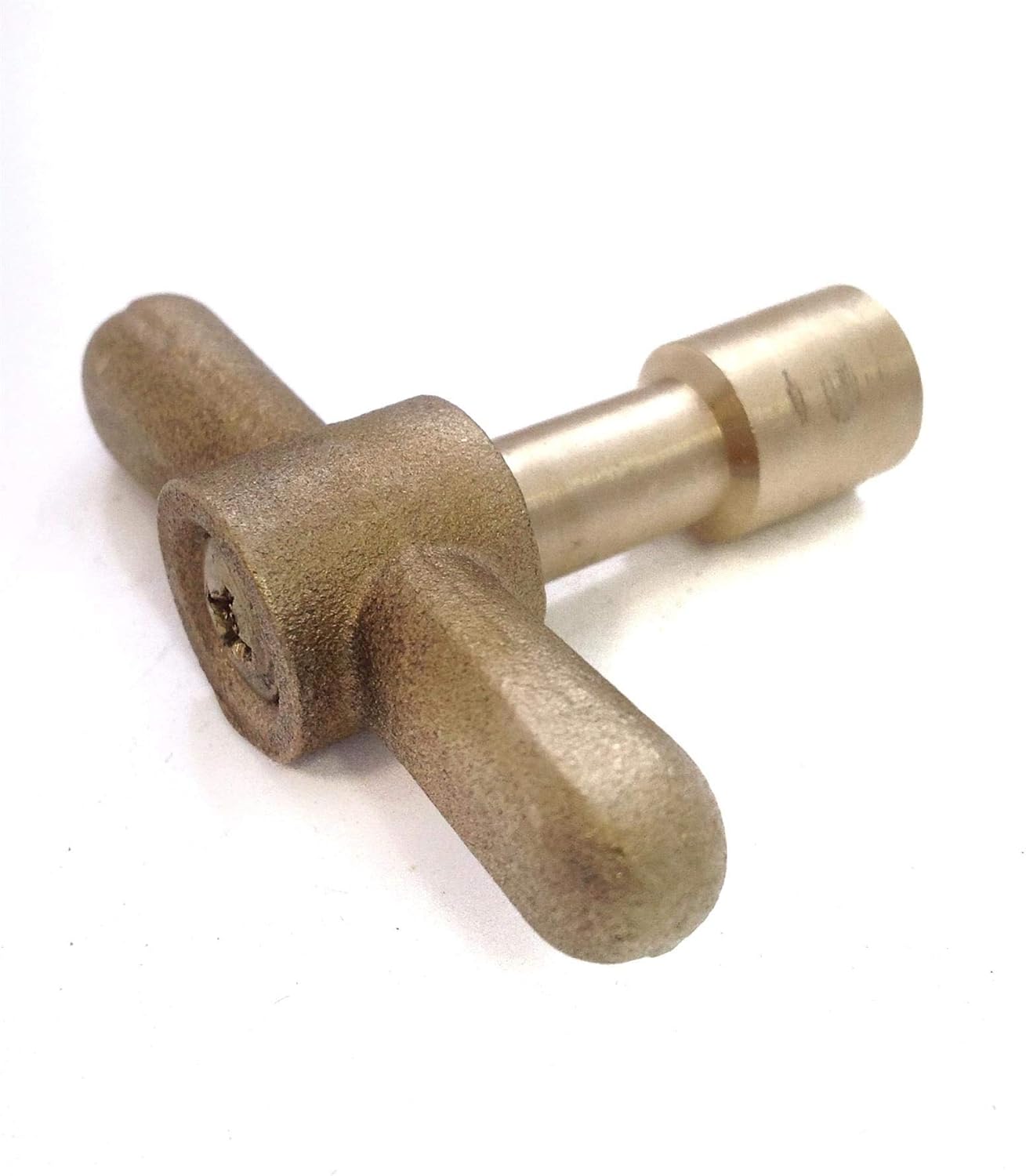About this deal
A decent set of water pump pliers can be used as any other radiator key which I would highly recommend getting for your home. When you visit the Heatable, you will be asked to fill in an anonymous, 90-second form containing all the details about your home and existing heating systems. The online calculator will then offer you the most competitive quotes for your individual home and heating needs. Although using water pump pliers to open radiator drain valves is fine, the best radiator drain valve key for me is a small square headed ratchet. If you find your radiators aren’t working properly, but you’re not sure if they need bleeding or balancing, your best bet is to do both! Start with bleeding your radiators, and if there are still issues, then you can balance them. What tools will you need to balance a radiator?
First things first. Turn off your heating system and if it has been on, you will need to wait until it has completely cooled before moving on. Make sure it’s completely turned off, and wait for the radiators to cool down. 3. List all the radiators in your home If you’re not comfortable with DIY, we would recommend getting this done by a specialist. There are a lot of different elements to think about – such as the size of your radiators, pipework, radiator valve layout, and so on.It is not too difficult to do and we have a guide above to help you but if you are still unsure, call a professional. The most common plumbing tool that gets called a radiator spanner is a large hex or Allen key type for fitting and removing radiator valve tails. This is a common question, but the answer is dead simple. Turn it all the way to the left, and if it won’t go anymore, it’s closed. It just means the hot water isn’t being evenly distributed. That’s a major issue with winter on the way! Balance or bleed: what’s the difference? Yes. Radiators need to be balanced on both the supply and return sides to ensure that there are no “hot spots” in the home. Balanced radiators will mean that the home heats up evenly throughout. Hot spots increase the air temperature, which leads to increased energy consumption, poor indoor air quality, high relative humidity levels, and damage to furniture over time (not to mention unhappy customers).
Once the first radiator is balanced, you’ll have to repeat the process with all the radiators in your home. It’ll take quite a bit of time, especially with those troublesome radiators that don’t heat fast enough. Balancing your radiator, on the other hand, means you’ll need to allow more hot water to flow to the colder radiators – and out of the ones that are too hot. Once you’ve rebalanced every radiator in your home, hot water from your boiler will reach them at equal speed and your house should warm up at the same time. What to Do if Balancing Radiators Doesn’t Solve the Problem?
Radiator Bleed Valve: Not really a valve but they do get called this. There are different types of radiator bleed valves and they are for bleeding radiators.
Bleeding a radiator is a DIY task that most people are familiar and even comfortable with. It’s done to allow trapped air to escape the radiator, thus resolving a common issue that otherwise keeps radiators from filling properly and staying hot. All you need to bleed a radiator is the radiator key, some cloth to catch water, and about 10 minutes of your time. Yes, properly balanced radiators can help your heating system run more efficiently, which can help lower your heating costs.
But, as this is a common problem at the beginning of winter, we’ve created this guide for those more experienced DIYers among you. Find out how to balance your radiators with minimum fuss (and get cosy no matter which room you’re in). What does balancing radiators mean?
We need to do this so that we have an unrestricted flow of water going through our system so that we are able to measure which radiators are heating up the fastest. You’ll know when your radiators need bleeding because they’ll make a noise when coming on, or they won’t heat up properly at the top. This is caused by trapped air, which needs releasing. Some radiator valves do not get opened or closed for years, which can cause them to leak when closing for the first time.Increasingly common on modern radiators in new-build homes or those with upgraded heating systems, TRVs tend to be used instead of manual twist valves. They can be identified by a twistable chunky cap that usually contain a series of numbers from 0 - 5. Each number correlates to a certain temperature with 1 being the coldest and 5 being the hottest. Setting the valve to 0 means the valve is completely off (or closed) and the frost setting can be used to stop your pipes from freezing if you're away during cold weather. On the vast majority of central heating radiators, there are 3 types of valve that you will encounter, with 2 ever being used at one time. My favourite and best tool for valve tails is a step ratchet. They’re so much better, but if you’re not using them often, you might be better off with an Allen key type radiator spanner. The Most Common Tails
 Great Deal
Great Deal 